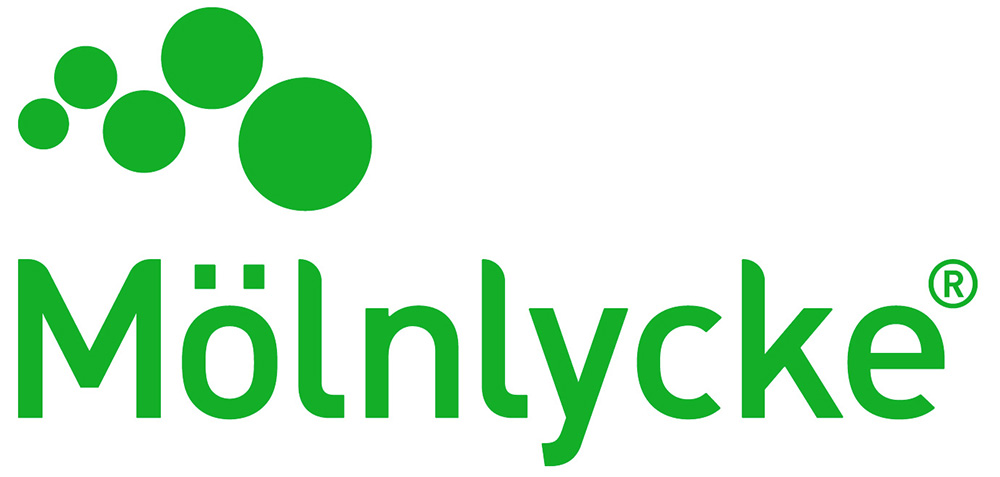Natasha Hyde

Natasha started her career in 2010 in St James University Hospital in Leeds. She worked on a male surgical ward for 2 years.
Following this she spent the last 13 years on General ICU firstly as a band 5 nurse and working her way up to a Deputy Matron. During her career she has always been interested in Tissue Viability and is incredibly passionate about driving change to improve patient experience and outcomes.
Free Paper and Poster Presentation (Research category) at The Society of Tissue Viability 2025 Conference
Introduction of a new moisture associated skin damage pathway in adult critical care unit at Leeds Teaching hospitals
Abstract
Background – Critically ill patients in the Adult Critical Care (ACC) are at risk of developing skin breakdown such as Moisture Associated Skin Damage. The aim of our project is to reduce the number of MASD incidents by 20% in three months by using a new ACC specific MASD care plan in a 36 bedded unit across two hospital sites. It is important to prove that our work has helped with the reduction of Category 2 pressure ulcers.
Method – A review of MASD incidents in ACC identified 68 reports over six months from June to November 2023.
A bespoke bowel and MASD flow chart were produced specifically to assist the management of MASD in critically ill patients, including which barrier products and incontinence pads to be used. This was used in conjunction with the new formulated MASD care plan detailing the severity of MASD, barrier products to be used, medical photography requested or images on the bedside tablets saved directly into the medical notes.
In order for above methods to be embraced, bedside education and promotion of the changes were pivotal. The change was widely communicated to all members of the multi-disciplinary team. This was achieved through partnership with the Tissue Viability Leads, link nurses and the senior team.
Results – Verbal feedback from staff has been positive, describing the care plan as being easy to use and understand, increasing clarity over reporting, and photographic documentation has been undertaken, allowing for monitoring of the skin condition. To minimise MASD risk, staff have found the flowchart detailing which continence pads and barrier cream to select extremely helpful.
Conclusion – Although the initial results show a similar extent of MASD due to more rigorous reporting, the severity of cases has greatly reduced. Due to the success, the MASD care plan has been rolled out to all the 5 units within Adult Critical Care.














